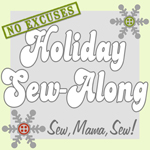|
Last year I bought this lovely kit from Coast and Country Crafts and Quilts here in the UK. The pattern is Running Reindeer Table Topper by the Australian designer Lynette Aderson, and the kit included a selection of fabrics also designed by Lynette. The stitchery fabric is a tone-on-tone stars print by Makower UK, and the embroidery threads are by DMC and were also included in the kit. Once the patchwork blocks have been prepared and the borded added, the stitchery design is traced onto the background fabric, ready for the hand embroidery. My favourite pen to use for tracing the design is a Micron Pigma pen, in a pale brown (sepia) colour, in the finest nib - size 005... ...I've used a lightweight fusible interfacing on the wrong side of the background fabric, to give the fabric a bit of "body" and I also use a wooden embroidery hoop to keep the fabric taught. Two strands of embroidery thread are used for the hand embroidery, and very simple stitches are used, just back stitch, satin stitch and running stitch. The finished piece of work is then pressed, and layered with the background fabric and wadding, ready for quilting... ...I've quilted this very simply, in a cross hatch pattern over the star blocks. Simple machine quilting is continued around the outer border, and stitch-in-the-didtch for the inner borders. A narrow binding is added along the raw edges and mitred around the corners. The binding is then folded over to the back, and hand stitched in place using a ladder stitch... ...obviously I needed a small hand embroidered label for my table topper. Usingf one of the hristmas trees from the original pattern, I traced this onto the centre and added my own words. As always, I've used a Micron Pigma pen, and used 2 strands of DMC embroidery thread to stitch over the tree and the words in back stitch. I pieced together some leftover scraps of fabric from the star blocks, then using Karen Kay Buckley Bigger Perfect Circle templates, I made an outer border for the embroidered label. The embroidered circle and the border were then hand stitched to the back of the table topper, making sure the stitches just went into the wadding, and didn't go through to the front of the topper... ...and here's the completed table topper, ready to use over the festive period. Now I can get back to my long list of kits, and chose another project - maybe it will be another festive one?
0 Comments
On a recent trip to Kis Quilting Ltd I couldn't resist buying another pack of pins to add to my collection. These Magic Pins should be easier to pick up, as my poor old arthritic fingers have been struggling recently. I'm planning to try them at the weekend, so will give an update then!
Roxanne's Basting Glue is my first choice when glue-basting appliqué shapes into position before stitching them down. The Dip and Dab container was purchased from Kis Quilting Ltd and both the 2-way applicator and regular bottle were purchased from Oh Sew Sweet Ltd - now I've stocked up on my glue products, I can start another applique project!
The final set of threads for the Valdani Thread Club arrived in the post from Poppy Patch yesterday and these threads are absolutely gorgeous. These gently variegated threads are lovely for hand embroidery. Now I've got another 36 skeins to add to my collection, I'll need to get a bigger box for my threads! The colours supplied this month are as follows-
O550 - Caribbean Blue JP4 - Pale Petals JP9 - Herb Garden M63 - Early Spring O126 - Old Cottage Grey M42 - Summer Sky Once I'd made the backpack for my grandson Rory, I decided to make one for his little brother Alfie too - and this one, also designed by Stacy Iest Hsu for Moda, was the perfect choice. Purchased as a panel from Wool Warehouse here in the UK, all I needed to add was a zipper and some wadding. The printed panel has all the fabric pieces labelled, along with all the instructions... ...I've used Vliseline H630 which was fused onto the wrongside of both the front and the back of the backpack, to give it some stability. The backpack has smart boxed corners, and the the backpack straps are threaded through a loop on each side and I've tied them in a knot. There's also a carry handle on the back... ...the front of the backpack has a super zipper pocket, which when it's opened reveals a rathery scary mouth! This will be perfect for storing lots of little treats... ...the drawsting opening has a deep channel, and the plaid lining looks very smart. The carry strap is perfect for hanging the backpack on a hook... ...and here's a picture of the backpack hanging up - it's the perfect addition to any Teddy Bear's ppicnic!
One of my favourite designers for children's fabrics is Stacey Iest Hsu, and last year I saw this super pre-printed panel designed by her, for the Stomp Stomp Roar Dino Backpack. I managed to source a panel from the Wool Warehouse website - all I needed to add was some fusible fleece (I used Vliseline H630) some matching threads and a zipper. I couldn't resist using this bright orange one from my stash! Threads are 40wt Aurifil threads, as they give a nice definition for the top-stitching that accents the bag. The panel itself is really easy to use - all the pattern pieces are outlined with a cutting line, with tabs to cut out to label your pieces, and easy to read illustrated instructions... ...I didn't get any "in progress" photographs, but it really was very easy to make. The instructions are all on the pre-printed panel, and very easy to follow. I did change the way the box-corners were made as I prefer the method of cutting out a square from each corner, and I was very pleased with how my seams matched up. The back of the backpack has a carryhandle which I reinforced with a small piece of Vlieseline H630 to make it softer for small hands to carry. The spines on the back are so cute!... ...the front of the backpack has a wide zippered pocket - I used a piece of zipper-by-the metre for this. I buy zipper by the metre from Zipper Station as they have a great range of sizes and colours. This was nuber 5 weight, and has a nice chunky zipper pull, perfect for little hands. And when you open up the zipper, you can see inside the dino's mouth... ...as well as a carry handle, there is also 2 drawstring carry-straps, that are threaded through a casing. The bag opens up to reveal a smart lining, of dinosaurs footprints - very cute for a special little dino-loving boy... ...and here it is, hiding in between Mr F's tomato plants - this really was such a simple project to make, and I loved how all the fabrics were included on the panel - the front, back, lining, tabs, handle, drawsrings and even the pocket lining. I loved making it so much I've also ordered one for my other grandson too, so watch this space for another one being made soon!
I've used the leftover fabrics from the We Are Family quilt that I made for Alfie to make a matching cushion for his nursery. The original quilt pattern is by the Australian designer Susan Smith, and these gorgeous fabrics were in a kit supplied by Pincushion Pantiles. My favourite "animal" from the quilt was the polar bear, so it was the obvious choice for the cushion! Once the appliqued centre was stitched in place, I just added strips of fabric in a log cabin style, some of the strips if they weren't long enough, giving it a very scrappy feel. The borders were added using the same fabric that I used for the borders of the quilt... ...I like adding a zipper to the back of my cushions, and made a "scrappy" flap to cover the zipper opening. A message from Nanny was hand embroiderd on the flap, and I also added a tiny little appliqued polar bear - I just drew the face and ears freehand, using the larger templates on the pattern as a guide. A piece of fabric was folded over double, with the folded edge being machined to the zipper. The upper flap was topstitched, then machined to the upper edge of the zipper, making the cushion back... ...the front and back of the cushion were then stittched with wrong sides together, and the raw edges bound with a double fold binding which was machined to the front of the coushion. This was then folded over to the back and hand stitched in place using laddder stitch. A plump feather pillow is popped inside, and it's all ready to be gifted to my little grandson, Alfie.
The final part of my quilt for Alfie, is of course the label. And just like the quilt I made for his big brother a couple of years ago, I've made 3 labels rather than just one! Anyway, I often get asked how I make my labels, so here are some details along with pictures. I start by sketching some ideas in pencil, then when I'm happy with my design, I trace over the pencil lines with a very fine black Sharpie pen. This is now my template that I can use over again. The template is usually cut to size, or the outer edge is bordered, again with a fine black Sharpie pen. To transfer the design onto the label fabric, the template is taped onto my lightpad, the fabric is then taped over the template. Using a very fine Micron Pigma pen, nib size 005 in a pale brown (Sepia) colour, the design can be traced onto the fabric. A piece of light weight interfacing is fused to the back, and using a wooden embroidery hoop, the words are hand embroidered... ...if I don't have a single piece of fabric large enough for my label, I will piece together a few scraps - the trick is to not have too many seams, or it can be difficult to see the design through the seams when it's being traced. Once the labels have been embroidered and any embellishments aded, the edges are turned over, and the labels are hand appliqued to the back of the quilt... ...to applique the label into place, small stitches are used, along with a fine thread, taking care not to stitch through to the front of the quilt. The "quilt care instructions" label is definately one of my favourites! I'd added a small appliqued bear to the centre of the "stitched by" label, scaling down one of the bears from the animal blocks in the original quilt. I was really pleased with the finished result - I always try to incorporate the theme of the quilt in the label, and these labels do that perfectly!
I've really enjoyed stitching this project - the pattern is We Are Family by the Australian designer Susan Smith. Both the pattern and the fabrics for the quilt top were supplied by Pincushion Pantiles (I'd bought the pattern a couple of years ago and made one for my first grandson, Rory). Anyway, once the blocks were stitched together and the borders added, I was able to prepare the quilt top ready for quilting. I've used bamboo wadding from Oh Sew Sweet for this quilt, as it drapes beautifully ans it lovely for hand quilting. The backing fabric is the same double gauze from Pound Fabrics that I used for borders. Once this was layered and basted, I was able to start quilting - I'm using a DMC perle thread in Ecru for the blocks. This big-stitch hand quilting is quite simple to stitch, and I've used quilters tape to mark the position of the straight lines. This is a low-tacky tape, a quarter of an inch wide, which can be repositioned and used again... ...the appliqued circles have been outlined using a quilter's silver pencil and a Karen Kay Buckley circular template. The borders were quilted very simply too, using a grey DMC perle thread. The raw edges were neatened with a double fold binding - this is machine stitched to the front of the quilt, and the folded edge is turned over to the back of the quilt, then hand stitched using ladder stitch... ...the big-stitch hand quilting gives a lovely soft ribbed texture to the quilt, and the bamboo weadding that I've used drapes beautifully. I'm sure Alfie will love being snuggled up in this quilt when he's a bit older... ...and here's the completed quilt. Now I just need to add the finishing touches, which is to hand sew the personalised labels that I've made onto the back of the quilt, and finally take some photographs of the scrappy cushion that I've been making to match the quilt, which will go in Alfie's nursery.
At the end of last year, I purchased this pretty kit from Coast and Country Crafts and Quilts - the pattern is GROW by Heart to Hand and is a really sweet wall hanging. The main part of this project is appliqued onto linen, and uses a mix of both wool and cotton applique. Then it is hand embroidered with flowers and leaves, and finally quilted... ...I used a mix of both machine quilting - around the watering can, flowrs, leaves and letters - and hand quilting in a simple cross-hatch design on the linen background. A stripey bias binding covers the raw edges - this was machined to the front then folded over and stitched by hand to the back. 3D seed packets have hand embroidered labels, and appliqued and embroidered flowers... ...dangling wool embroidered flowers are the final embellishment to the seed packets, and are attached to the lower edge as the seed packet is completed. Small tabs are stitched into the top of the seed packets, ready to attach them to the main part of the project... ...I decided to attach the seed backets with vintage buttons, tied with green embroidery thread and the ends snipped at the front. My grndson found a twig in the park a few months ago, and it was perfect for hanging my rustic projects on! A quick photograph in my sewing studio before it's displayed on the wall... ...finally, inbetween blustery showers, I was able to get some photographs of my completed project outside in the garden. It was a bit tricky as it was still a bit breezy, but it looked nicer outside with some greenery for the background.
|
About me...Hi - welcome to my quilting blog! My passions are my family, my dog, my friends and sewing, not necessarily in that order! Archives
July 2023
Blogs I followUK shopsThese are the UK shops that I use to purchase my quilting supplies - fabrics and threads etc.
Australian linksScandinavian links |
























































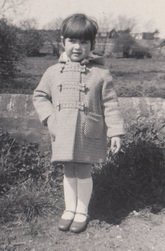
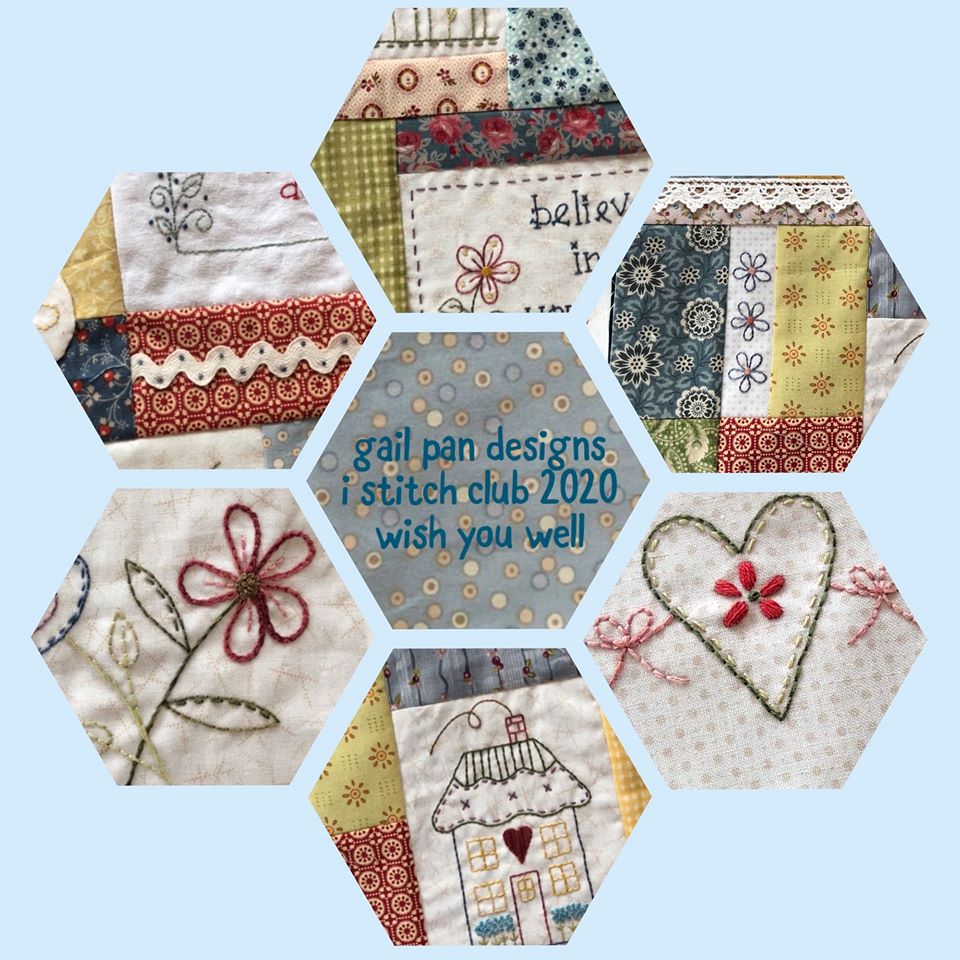
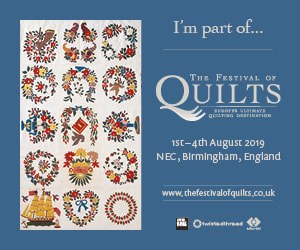


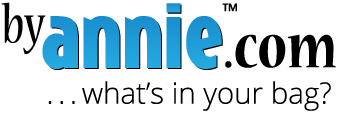
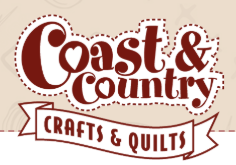

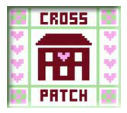
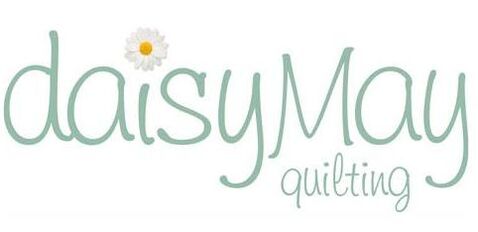
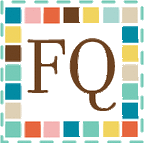
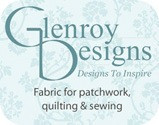

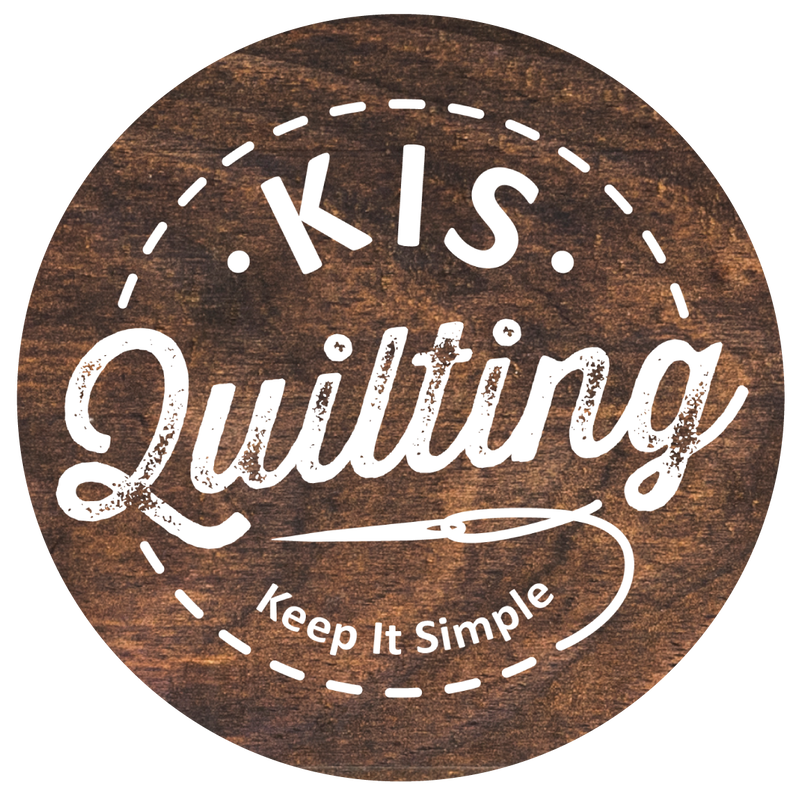
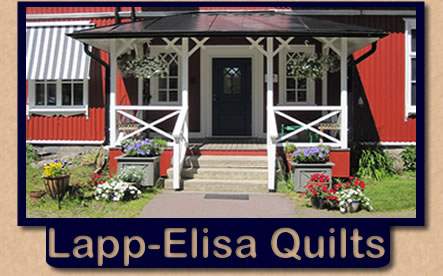
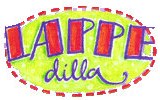
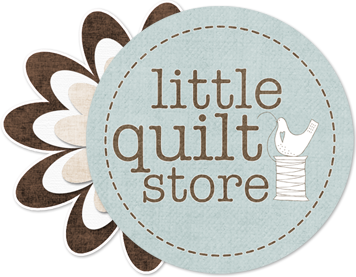




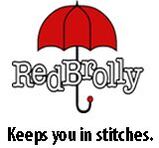

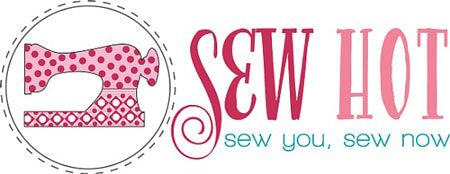
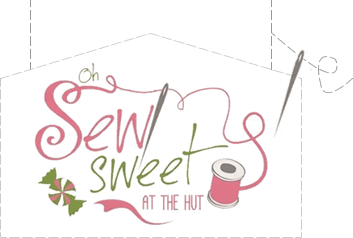
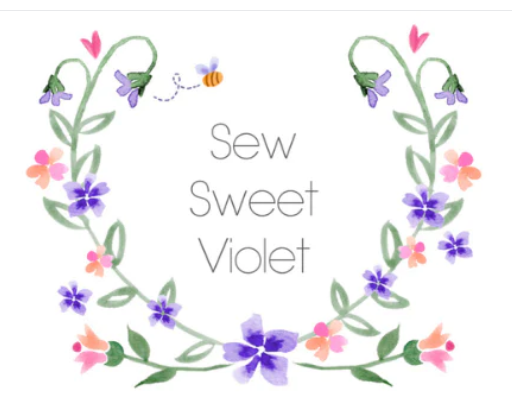



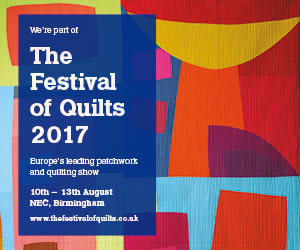
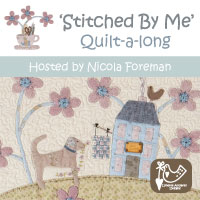
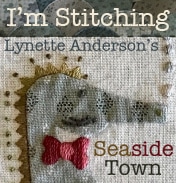
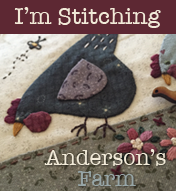
 RSS Feed
RSS Feed
